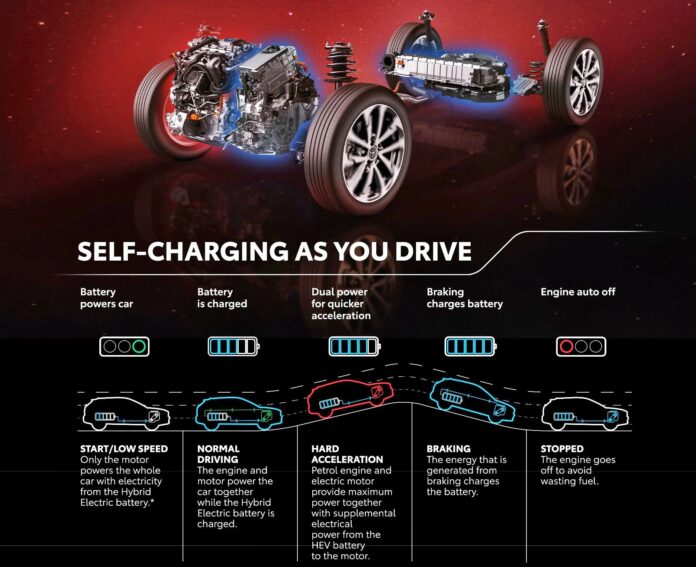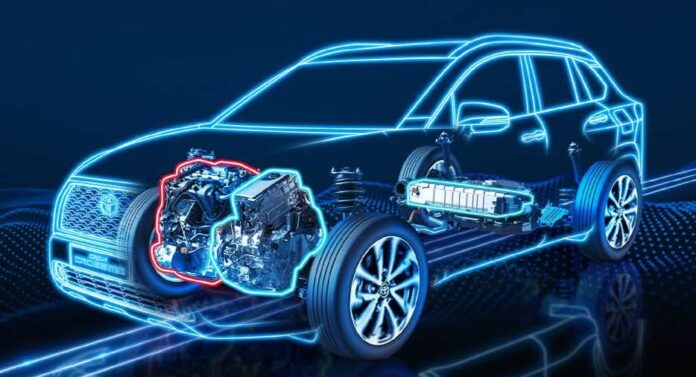The automotive industry is undergoing a profound transformation driven by the shift from traditional internal combustion engines (ICE) to electrified powertrains. This transition, known as electrification, involves replacing fossil fuel-based propulsion with electric motors powered by batteries or hybrid systems. It aims to reduce greenhouse gas emissions, improve energy efficiency, and foster sustainable mobility solutions.
Electrification: A Paradigm Shift in Automotive Powertrains
Electrification replaces conventional gasoline or diesel engines with electric motors, inverters, and battery systems. This shift is motivated primarily by the need to reduce carbon emissions and dependence on fossil fuels, as transportation accounts for a significant portion of global greenhouse gases.
There are several types of electrified vehicles:
- Battery Electric Vehicles (BEVs): Fully electric cars powered solely by batteries, producing zero tailpipe emissions.
- Plug-in Hybrid Electric Vehicles (PHEVs): Vehicles combining internal combustion engines with electric motors and batteries that can be recharged externally.
- Mild Hybrid Electric Vehicles (MHEVs): Conventional engines supported by a small electric system to improve efficiency.The industry trend is moving towards BEVs as battery technology improves, charging infrastructure expands, and consumer demand grows. However, PHEVs remain important transitional technologies, especially in regions where charging networks are still developing.

Benefits and Challenges of Electrification
Electrification offers multiple environmental and operational advantages:
- Emission Reduction: Electric vehicles produce no tailpipe emissions, significantly lowering urban air pollution and greenhouse gases when charged from low-carbon electricity sources.
- Energy Efficiency: Electric drivetrains are more efficient than combustion engines, reducing overall energy consumption.
- Improved Air Quality: Electrification of buses and commercial vehicles can notably improve air quality in densely populated areas, benefiting public health.
- Grid Integration: EVs can support electric grids by charging during low demand and potentially discharging power back during peak times, aiding renewable energy integration.
However, challenges remain, including battery cost, energy density, charging infrastructure, and the environmental impact of battery production. For high-performance vehicles, electrification must balance power demands, weight, and range, with hybrid systems currently offering the best compromise.
Hybrid Technology: A Strategic Bridge
Recent industry shifts show a renewed focus on hybrid technology as a practical step toward full electrification. Major automakers like Ford, Hyundai, Volvo, and Porsche are recalibrating their strategies due to fluctuating EV demand, competitive pressures, and evolving consumer preferences.
Hybrids combine the benefits of electric propulsion-such as improved fuel efficiency and lower emissions-with the range and refueling convenience of internal combustion engines. This makes them appealing in markets where charging infrastructure is limited or consumer confidence in pure EVs is still growing.
Volvo’s revised strategy exemplifies this trend, emphasizing hybrids as a crucial bridge technology to maintain market relevance while progressing toward long-term electrification goals.
Electrification’s Role in Future Mobility
Beyond powertrains, electrification enables new mobility paradigms:
- Autonomous Vehicles: Electric drivetrains offer precise control needed for self-driving technologies and facilitate integration of sensors and actuators.
- Shared and Connected Mobility: Electric vehicles’ lower maintenance and operational costs suit shared mobility models, enhancing efficiency and user experience.
- Urban Micro-Mobility: Electrification supports compact solutions like e-bikes and scooters, addressing last-mile connectivity and urban congestion.
Policy and Market Dynamics
Government policies worldwide are accelerating electrification through incentives, emission regulations, and infrastructure investments. For example, Delhi’s Electric Vehicle Policy focuses on electrifying public transport and shared vehicles to reduce pollution and health risks.
However, the pace of electrification depends on overcoming economic, technological, and infrastructural hurdles. The electricity grid’s carbon intensity also influences the environmental benefits of EVs, with cleaner grids amplifying their positive impact.
Conclusion
Electrification and hybrid technologies are reshaping the automotive industry, offering pathways to sustainable, efficient, and cleaner transportation. While battery electric vehicles represent the future ideal, hybrids provide a vital transitional solution that balances performance, range, and infrastructure realities. Together, these technologies are driving a fundamental shift in mobility, with broad implications for environmental policy, urban planning, and automotive innovation. The continued evolution of battery technology, charging networks, and supportive policies will determine the speed and success of this electrified future.

